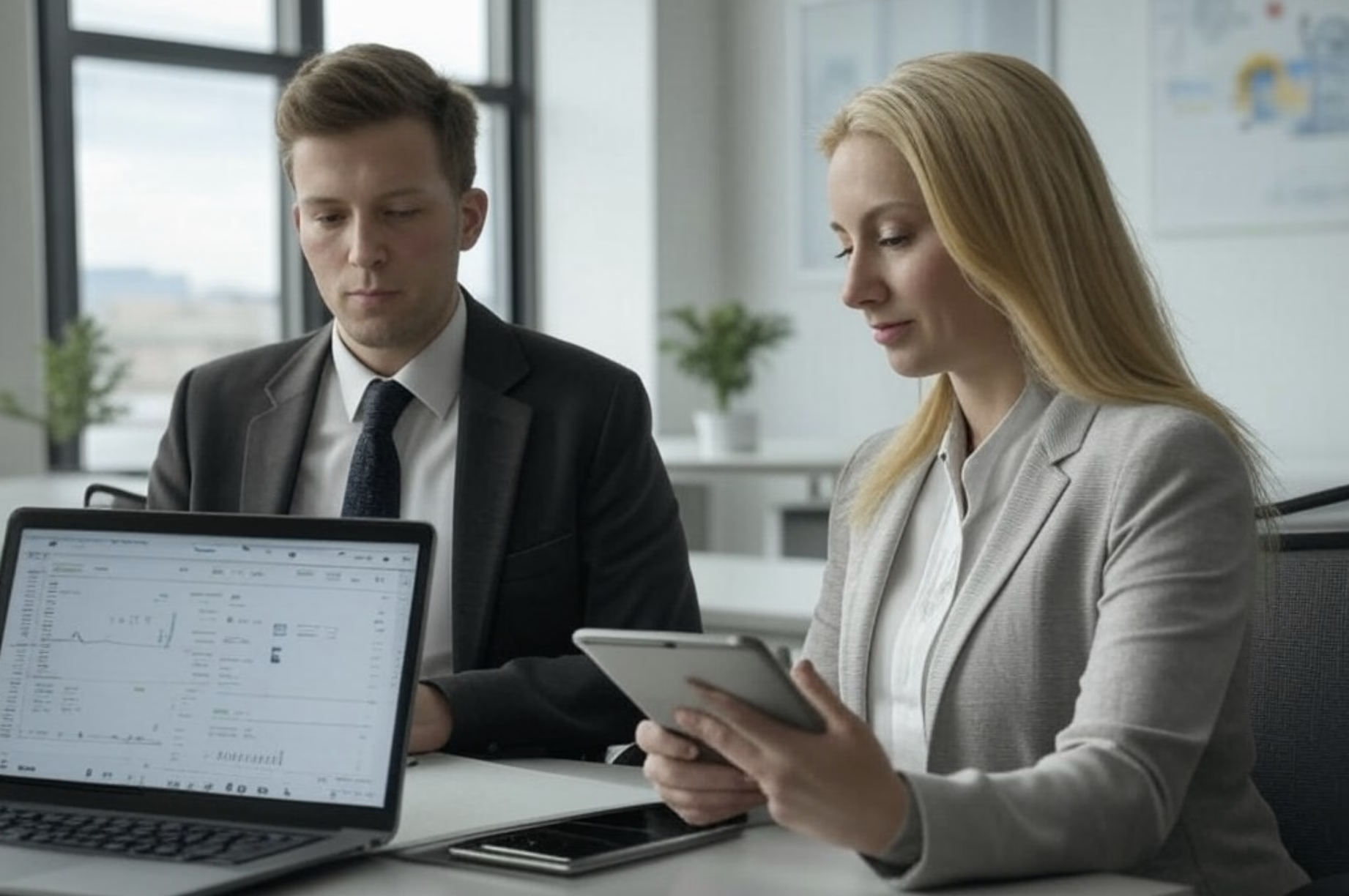Customer relationships are the lifeblood of any business, but managing those relationships effectively can often feel overwhelming. Without a clear view of your customers, how can you meet their expectations or foster loyalty? Gartner research suggests that companies with strong customer relationships experience 23% higher profitability and 27% lower customer churn. Yet, for many businesses, disconnected systems and scattered data stand in the way of achieving this clarity. It’s no wonder Forbes reports that 89% of marketers believe customer experience is crucial to staying competitive. But when your systems don’t talk to each other, how do you deliver that seamless experience? CRM integration, connecting your CRM system with the rest of your business tools, can bridge this gap, giving your teams access to unified, real-time customer information. Let’s see how.
What does seamless CRM integration look like?
At its core, CRM integration means aligning your CRM with other business-critical tools, such as marketing platforms, sales systems, customer service tools, e-commerce platforms, and even project management software. But integration isn’t just about transferring data from one system to another. It’s about creating a cohesive ecosystem where your tools work together to give you a complete, up-to-date view of every customer interaction. For example, imagine your sales team seeing in real-time how a customer responded to a recent email campaign, or your customer service team being immediately aware of any past issues during a support call. According to Salesforce, companies with integrated CRM systems experience a 15% increase in customer satisfaction. This isn’t just a nice-to-have, it’s a tangible advantage that directly impacts customer relationships and business outcomes.
Why integration matters
Have you ever wondered how much potential remains untapped in your data? Integration can help unlock it. McKinsey & Company found that businesses with integrated data across departments see a 23% improvement in customer profitability. This is because integration breaks down silos, combining customer data from marketing, sales, and support into a single, unified profile. It also makes your operations more efficient. Automation Anywhere estimates that 45% of repetitive tasks can be automated through CRM integration, freeing up your employees to focus on strategic work rather than mundane data entry. And it’s not just your teams that benefit, your customers do too. Integrated systems enable personalised interactions, which, as Epsilon reports, make 80% of consumers more likely to make a purchase. The ability to aggregate and analyse data across platforms is another game-changer. Whether you’re forecasting sales or measuring the impact of a marketing campaign, integrated systems provide the insights needed to make informed, strategic decisions. Our team at Florence Next (a Sirocco Group company) is an expert in this matter, take a look here.
Navigating common challenges
Of course, achieving seamless integration isn’t without its hurdles. Do your current systems support modern APIs or middleware? Many legacy systems don’t, which can make integration complex. Additionally, sharing data across systems introduces risks related to security and compliance. Adhering to regulations like GDPR is non-negotiable. Another challenge is avoiding “over-integration.” Overly complex systems can slow down operations rather than improve them. The key lies in careful planning—choosing tools designed for integration and implementing a strategy that balances functionality with simplicity.
CRM integration in action
Let’s bring this to life with an example. A retail business struggling with mismatched stock levels and delayed customer responses decided to integrate its CRM with its e-commerce platform, inventory system, and customer service software. Before integration, these issues led to lost sales and frustrated customers. After connecting the systems, inventory updates became automatic, marketing campaigns could target customers based on past purchases, and customer service gained instant access to purchase and support histories. The result? Faster response times, higher customer satisfaction, and a boost in repeat purchases. Harvard Business Review reports that businesses offering excellent customer service retain 89% of their customers. This shows the power of integration in not just solving operational inefficiencies but in building lasting customer loyalty.
The role of strategy and technology
Achieving seamless CRM integration requires more than just good tools—it requires a strategic approach. Are your teams equipped to make the most of the new systems? Have you chosen platforms that offer robust integration capabilities? Middleware solutions and APIs can help bridge the gaps between systems, but without the right training and processes in place, you may not realise the full value of integration. It’s also worth considering scalability. As your business grows, can your integrated systems adapt? Building a flexible, future-proof ecosystem is essential to ensure long-term success.
Bringing it all together
When done right, CRM integration is more than a technical upgrade. It’s a transformative shift that strengthens relationships, drives efficiency, and unlocks insights that fuel growth. By unifying data across platforms, you empower your teams to deliver meaningful, timely, and personalised interactions—the kind that turn customers into loyal advocates. Salesforce research shows that companies prioritising customer experience generate 60% more profit than their competitors.
At Sirocco, we understand that successful integration is as much about people and processes as it is about technology. Whether you’re just starting or refining your strategy, we’re here to help you create a connected, customer-centric ecosystem that works for your business. Let’s book some time to discuss your integration ambitions:










